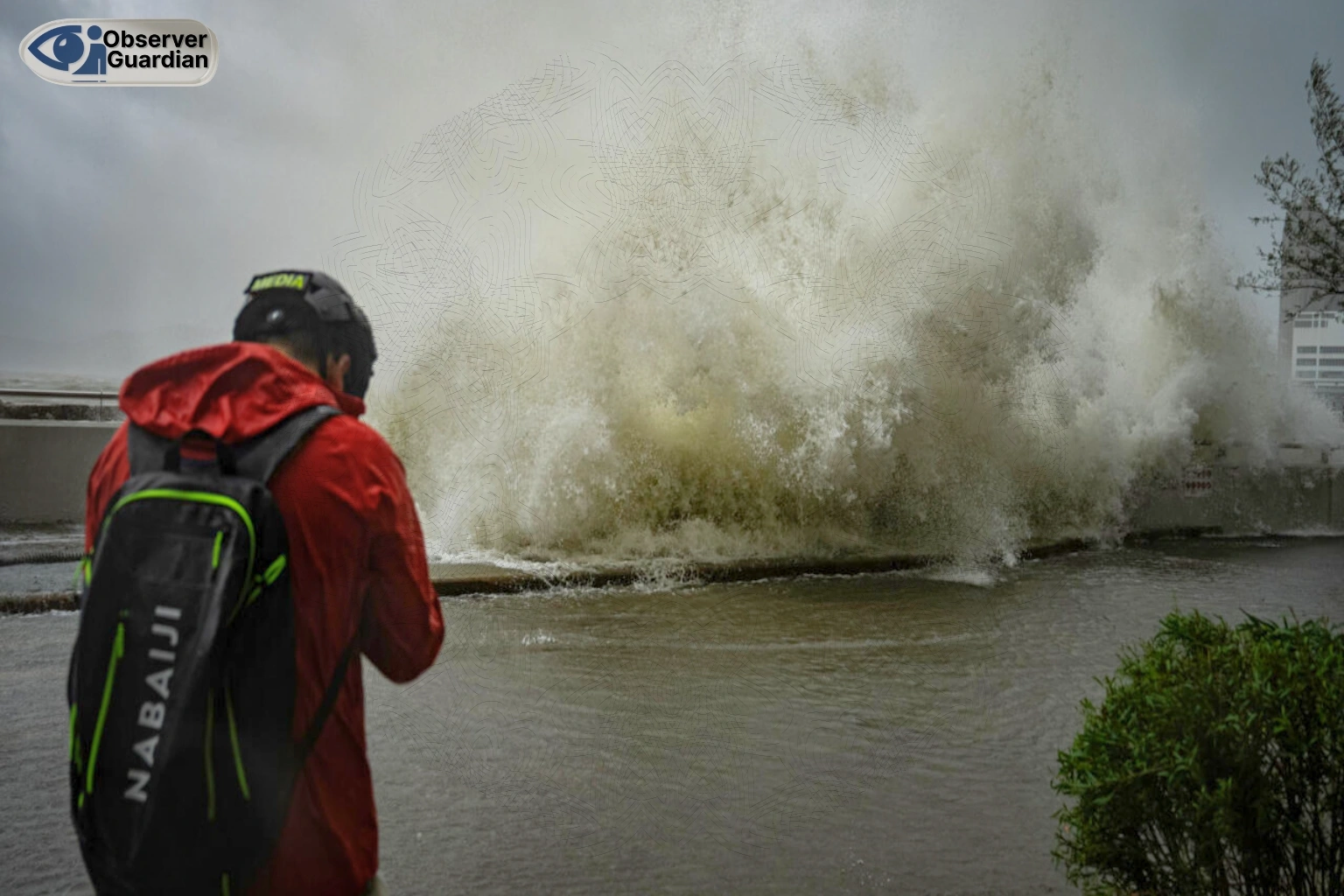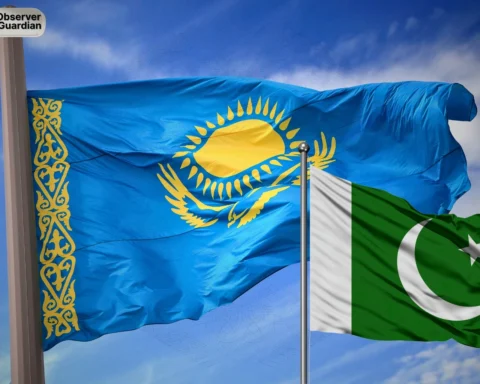Typhoon Ragasa has been a brutal storm. It tore through Taiwan first, leaving at least 14 people dead, and then barreled into southern China, bringing with it winds strong enough to rip apart trees and flood entire streets. In Taiwan, the hardest hit area was Hualien County. Heavy rain caused a natural barrier lake to burst, which sent floodwaters rushing into nearby towns. Whole roads and bridges were swallowed up, and rescuers are still digging through thick mud looking for more than ten missing people. A lot of those who died were older residents who just couldn’t get out in time.
After Taiwan, Ragasa crossed the strait and slammed into Guangdong province in China. Wind gusts there were clocked at around 240 kilometers per hour in some spots, which is just staggering. Authorities evacuated more than two million people before landfall, shutting down schools, factories, and public transport. In Hong Kong, which wasn’t hit directly but still felt the storm’s power, the sea literally poured into parts of the city. Videos showed waves breaking through hotel lobbies and flooding coastal promenades. About 90 people were treated for storm-related injuries, and the airport had to shut down for more than a day before reopening.
Now that Ragasa is weakening inland, the focus is on cleanup and recovery. Power lines are down, roads are blocked, and thousands of homes are without electricity or clean water. Both Taiwan and China have mobilized huge rescue and relief operations, but it’s clear this storm is going to leave scars for a while.
What makes Ragasa stand out isn’t just its destruction but the fact that it’s the strongest cyclone the world has seen so far this year. Scientists are pointing out how unusually warm sea temperatures probably fueled its rapid growth. It’s another reminder that as the climate shifts, storms like this are likely to get stronger and harder to predict.
For people in the region, the images of submerged towns and broken infrastructure are heartbreaking, but sadly, they’re not unfamiliar. Taiwan and southern China are used to typhoons, but even with good preparation, nature can still overwhelm everything. Right now, the priority is rescuing the missing, stabilizing the land to prevent more landslides, and helping the displaced get back on their feet.







